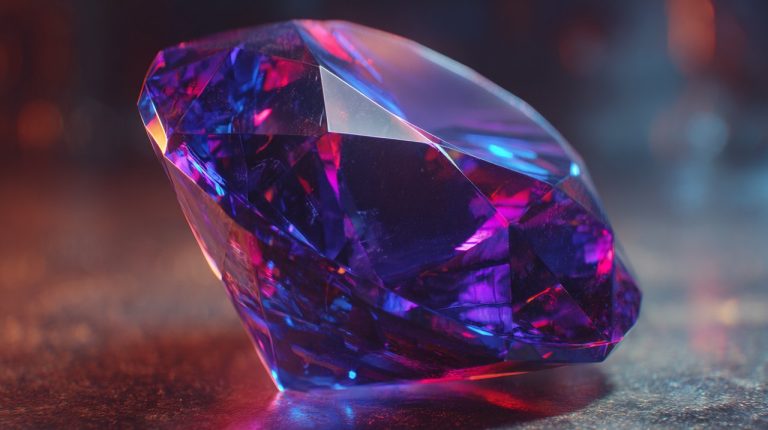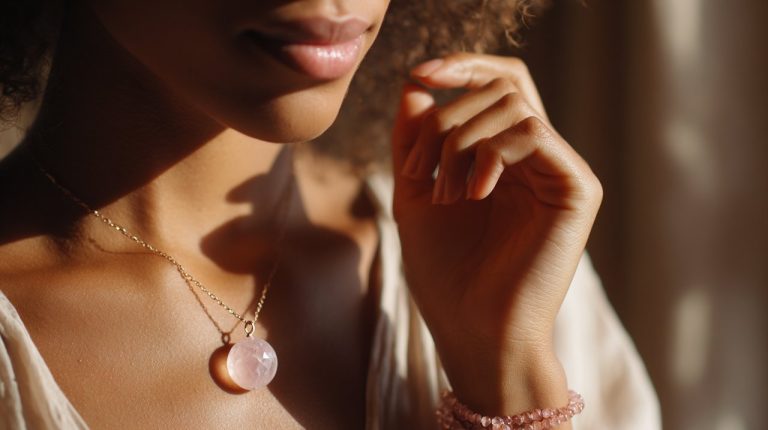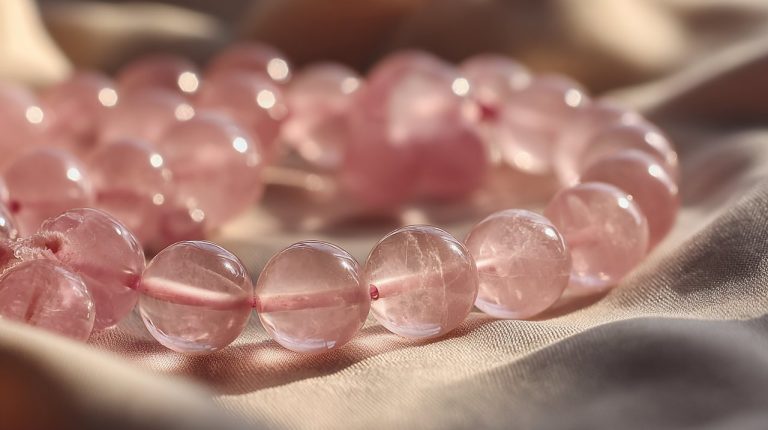Discerning the Intrinsic and Market Value of Purple Jade: A Five-Method Framework
What truly defines the worth of a gemstone? In the realm of precious stones, purple jade captivates with its distinct allure and scarcity. Yet, for many collectors, its genuine value often remains a mystery. This guide presents a clear, five-method framework designed to reveal the true significance of purple jade.
We move beyond superficial appreciation, offering a practical foundation for understanding this unique gem. Our exploration covers its inherent characteristics, cultural standing, and market position, providing a comprehensive view of its valuation. These five crucial areas form the bedrock of accurate assessment:
- Cultural and Symbolic Meaning
- Authenticity Verification
- Gemological Standards (The 4 Cs)
- Market Dynamics and Provenance
- Preservation and Care
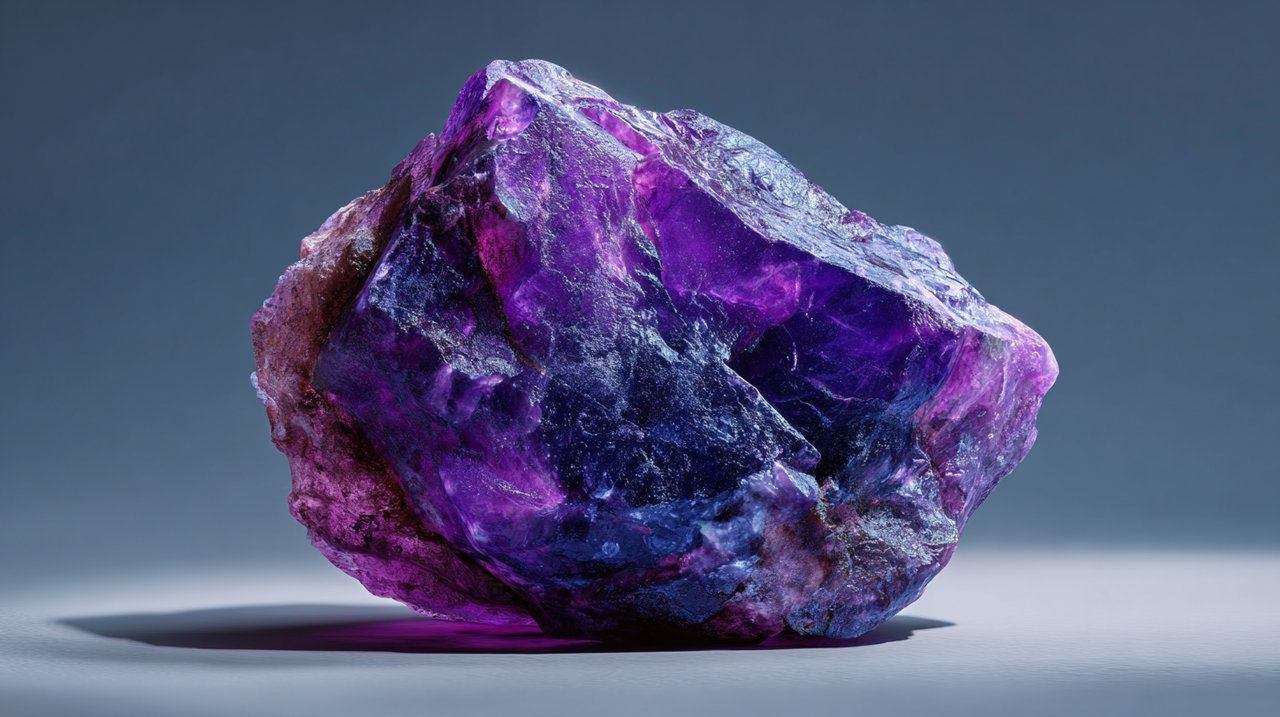
Cultural and Symbolic Meaning of Purple Jade
The true value of purple jade transcends simple market prices. Its essence is deeply woven into cultural and philosophical narratives, especially within East Asian traditions. Here, jade is not merely a mineral; it is a vessel of profound meaning, an intangible quality that elevates its status beyond material composition.
Purple jade, with its distinctive coloration, frequently embodies spirituality, nobility, and transformation. This symbolism significantly amplifies its perceived worth among discerning collectors. It serves as a reminder of how a single gemstone can reflect a civilization’s ideals and aspirations.
Historical Resonance and Modern Interpretation
For millennia, jade has held an almost sacred status across many cultures, often seen as a bridge between earthly and spiritual realms. While ancient records specifically detailing purple jade are rarer than for green jade, its unique hue has garnered significant contemporary appreciation. It seamlessly integrates with the broader reverence for jade.
“A gentleman is like jade, gentle and lustrous.”
This ancient adage captures the enduring philosophical link between jade and noble character. The specific color of purple jade enriches this narrative, suggesting deeper spiritual wisdom and inner transformation. Understanding this lineage is crucial for any serious collector, as detailed in a comprehensive jade collector guide. For those interested in how these traditions manifest in daily life, exploring the spiritual meaning and wrist choice for jade bangles offers a deeper insight into this enduring heritage. Wearing a Jade Bangle: Your Ultimate Guide to Spiritual Meaning, Wrist Choice & Care
This section emphasizes that purple jade’s value is not solely material. It is profoundly intertwined with its cultural and symbolic resonance, a legacy that continues to evolve in modern appreciation.
Authenticity: Verifying Genuine Purple Jade
Before considering market price or aesthetic appeal, the foremost step in assessing purple jade is rigorous authenticity verification. Genuine jade, whether nephrite or jadeite, exhibits specific, identifiable physical characteristics. These unequivocally distinguish it from imitations. Only after confirming its true nature can one confidently proceed to evaluate its potential and appreciate its true worth.
Essential Identification Techniques
To aid in this crucial identification, several practical techniques serve as reliable indicators:
- Luster: Observe the surface closely. Authentic jade typically displays a distinctive waxy to vitreous sheen, a direct result of its unique mineral structure.
- Tactile Sensation: Upon touch, genuine jade should feel noticeably cool and possess a substantial weight. This is a consequence of its higher density compared to many simulants.
- Hardness: A discreet scratch test on an inconspicuous area can offer a preliminary indication of its resistance. True jade generally proves resilient against scratches from common metals, a testament to its inherent durability.
Navigating Imitations and Common Pitfalls
Collectors must remain vigilant against widespread market deceptions. Dyed quartz, serpentine, or even glass are often marketed as purple jade. While visually similar, these imitations fundamentally lack the durability, cultural significance, and true value of authentic jade. Their worth, in essence, is incomparable to a genuine piece.
Expert Insight: A common misconception is relying solely on color. Many fakes are expertly dyed. Always prioritize tactile tests and luster over hue alone. Verifying authenticity is the foundational step, ensuring any subsequent valuation is based on a genuine, precious gemstone, not a simulant. This is a critical aspect of learning how to identify jade.
Gemological Standards: The Four Cs of Purple Jade
How do universally recognized gemological standards apply to purple jade? Like other precious gemstones, the value of purple jade is profoundly shaped by the “Four Cs” standard. These factors converge to determine the gem’s visual allure and inherent rarity, directly correlating with its economic standing and overall desirability.
Evaluating the Four Cs
A meticulous evaluation of these elements is essential for accurate appraisal and understanding jade quality assessment:
- Color: The vibrant purple hue of jade is primarily attributed to manganese within its mineral structure. The most prized purple jades display saturated, uniform, and rich hues, ranging from delicate lavender to deep, imperial violet. These desirable shades result from optimal manganese concentration and distribution. Specimens with excessive brown or gray undertones diminish the stone’s overall attractiveness and desirability.
- Clarity: Fewer fissures and internal inclusions are always preferred. While minor natural inclusions are an expected characteristic of jade, an abundance of flaws will noticeably compromise its translucency and, consequently, its value.
- Carat: The weight of the jade directly influences its rarity. As size increases, particularly for large, high-quality pieces, the price often escalates exponentially, reflecting its scarce availability.
- Cut: An expertly executed cut is paramount. It serves to maximize the display of purple jade’s inherent color and luster, enhancing its overall aesthetic appeal and elevating its artistic value significantly.
The harmonious interplay and exceptional quality across these four elements transform an ordinary piece of purple jade into a coveted, collector-grade treasure. It is a masterpiece born of nature and refined by skilled hands.
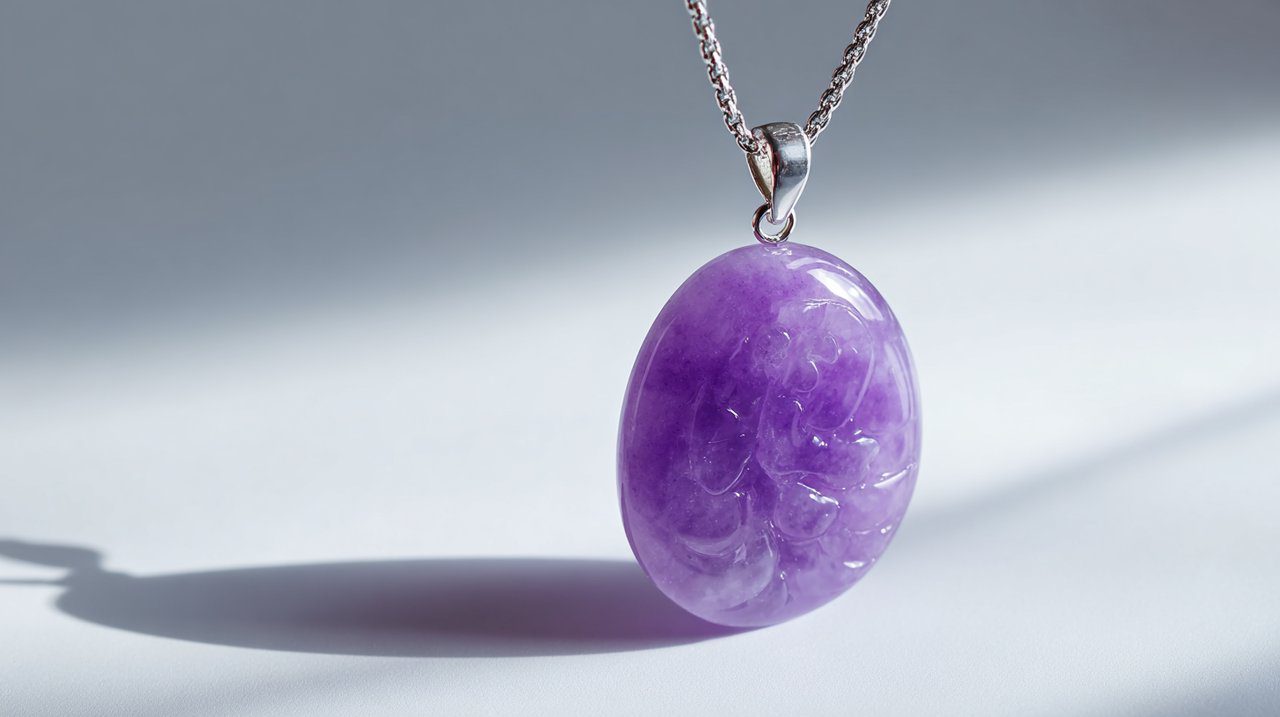
Market Dynamics: Supply, Demand, and Provenance
Beyond the intrinsic qualities of the jade itself, a comprehensive understanding of external market forces is indispensable. These factors significantly influence the perceived and actual purple jade price. Grasping these macro dynamics is crucial for an accurate and nuanced assessment.
Scarcity and Collector Demand
High-quality, naturally colored purple jade is inherently rare. Its limited mineral sources, primarily from specific regions in Turkey or Myanmar, coupled with an ever-growing demand from a global network of collectors, collectively drive its price appreciation. Unlike more common jade varieties, gem-quality purple jade yields are historically limited.
Industry Observation: Over the past decade, interest from discerning collectors in Asia and the West has steadily increased. This has led to a consistent appreciation in value for top-tier specimens. While specific auction data for purple jade can be sporadic, exceptional pieces have demonstrated a clear capacity to achieve premium prices, reflecting their rarity status and growing desirability.
The Importance of Provenance and Documentation
A critical insight for any serious collector lies in investigating the provenance of the jade. This refers to its documented origin and complete ownership history. Purple jade originating from reputable mining regions, accompanied by comprehensive documentation, consistently commands a higher premium. This historical lineage provides a vital basis for a collector’s valuation, offering both assurance and a narrative of its journey.
Understanding these market forces—from the fundamental interplay of supply and demand to the verifiable history of a piece—is essential for accurately positioning and valuing purple jade within the global gemstone market.
Preserving Value: Care and Maintenance of Purple Jade
Acquiring purple jade is only the first step; its long-term value hinges on meticulous care. Proper maintenance and diligent record-keeping are not just tasks. They are essential strategies for preserving and enhancing a collection’s worth. This principle extends beyond material retention to the responsible stewardship of these precious items.
Essential Care Practices
To ensure the enduring beauty and value of your purple jade, adhere to these fundamental practices:
- Routine Cleaning: Regularly wipe your jade with mild soapy water and a soft cloth. This simple routine effectively removes surface dirt and helps maintain its inherent luster, keeping its vibrancy alive.
- Damage Prevention: While jade is known for its hardness, it remains susceptible to damage. Diligently protect it from harsh chemicals, extreme temperature fluctuations, and severe impacts. Any of these can lead to irreparable damage or a dulling of its natural sheen.
Avoiding Common Mistakes
A frequent oversight among collectors is neglecting appropriate storage or consistent cleaning. Such negligence can, over time, lead to irreversible surface damage or a significant loss of the jade’s natural luster. This diminishes its aesthetic appeal and, crucially, its potential resale value. Conversely, diligent and thoughtful care ensures your purple jade collection remains pristine, perpetually radiating its intrinsic worth.
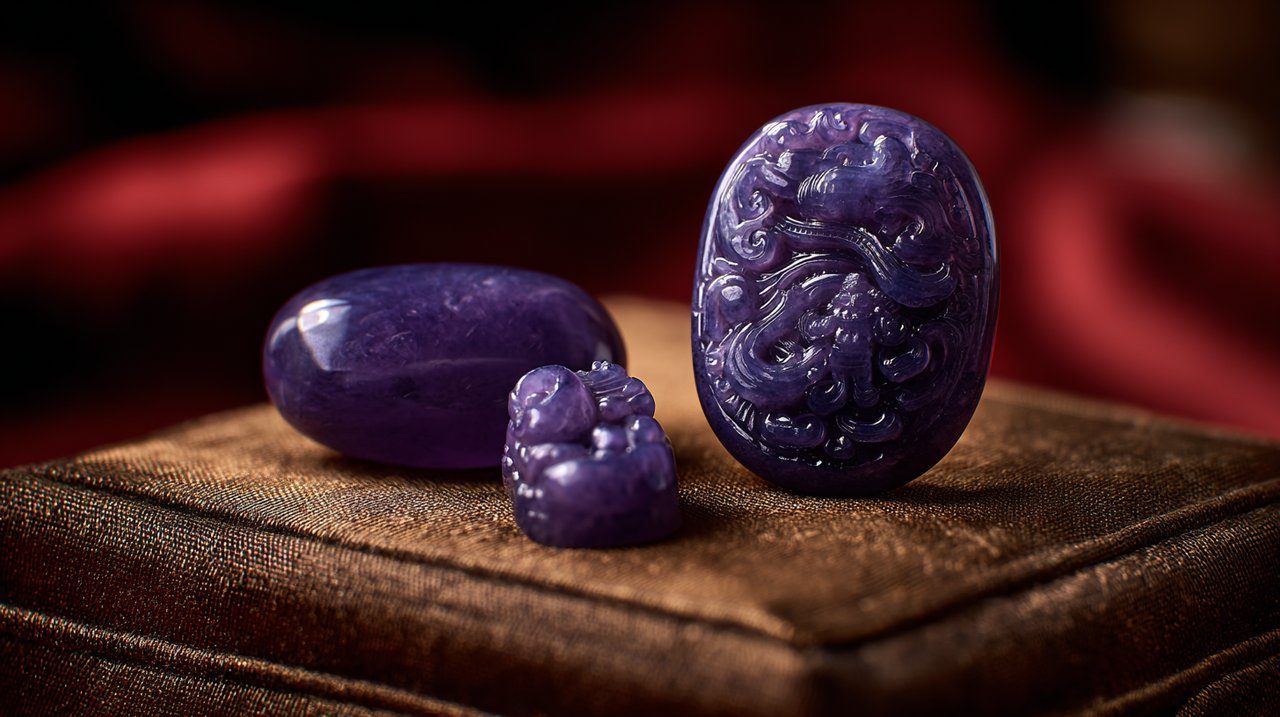
This exploration of five interconnected methods moves beyond a superficial understanding of purple jade. It fosters a comprehensive appreciation of its true value. We have examined the precise gemological parameters for its assessment, gained insight into its deep cultural heritage, understood the intricate mechanisms of its market, and highlighted the importance of meticulous care.
Armed with this detailed framework, you now possess the insights necessary to confidently navigate the complexities of purple jade valuation. Your journey in collecting purple jade can now yield not only precious gemstones but also a deeper, informed appreciation for their unique characteristics and enduring significance.
💡 Frequently Asked Questions
This article provides a clear, authoritative framework outlining five pivotal methods to discern the true intrinsic and market value of purple jade, aiming to transform ambiguous knowledge into dependable insight for collectors and enthusiasts.
In East Asian cultures, purple jade holds deep spiritual and philosophical significance, embodying virtues like purity, integrity, and wisdom. This cultural importance bestows upon it a unique 'jade soul,' greatly amplifying its perceived value beyond its material composition.
Authenticity can be verified by observing its distinctive waxy to vitreous luster, feeling its noticeable coolness and substantial weight, and performing a discreet scratch test to check its resilience against common metals.
The value of purple jade is significantly determined by the '4 Cs': Color (saturated, uniform hues are prized), Clarity (fewer fissures and internal inclusions are preferred), Carat (larger pieces escalate value exponentially), and Cut (expert execution enhances color and luster).
To preserve its beauty and value, purple jade should be routinely cleaned with mild soapy water and a soft cloth. It must also be protected from harsh chemicals, extreme temperature fluctuations, and severe impacts.

